(no subject)
While in Maryland visiting my family, we all went to the Antietam National Battle Field. It was nothing short of amazing, not to mention an extrememly humbling experience. Below is a brief overview with links for more indepth information on the Battle of Antietam. The colored photos are of ones I took yesterday compared to the ones Alexander Gardner took two days after the battle. He took 70 photographs, which were the first ever taken before burying the dead.
GENERAL ROBERT E. LEE'S
Not only was this the first major Civil War engagement on Northern soil, it was also the bloodiest single day battle in American history.
To view the magnitude of the losses, consider that Antietam resulted in nine times as many Americans killed or wounded (23,000 soldiers) as took place on June 6, 1944--D-day, the so-called "longest day" of World War II.* Also consider that more soldiers were killed and wounded at the Battle of Antietam than the deaths of all Americans in the Revolutionary War, War of 1812, Mexican War, and Spanish-American War combined.
The loss of human life at Antietam shocked both sides doing battle that day. And it nearly resulted in Lee's entire army, with its back to the Potomac River, being cut off from retreat across the Potomac (through Shepherdstown) and being captured by the stronger Union forces.
The battle also became a turning point, an engagement that changed the entire course of the Civil War. Antietam not only halted Lee's bold invasion of the North (see Why Lee Invaded Maryland) but thwarted his efforts to force Lincoln to sue for peace. It also provided Lincoln with the victory he needed to announce the abolition of slavery in the South. And with that proclamation of Emancipation, Lincoln was able to broaden the base of the war and may have prevented England and France from lending support to a country that engaged in human bondage. The battle sealed the fate of the Confederacy.
Dunker Church, 1862
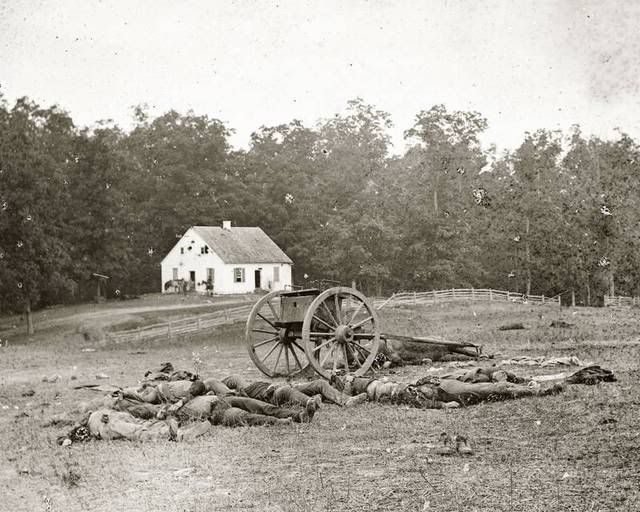
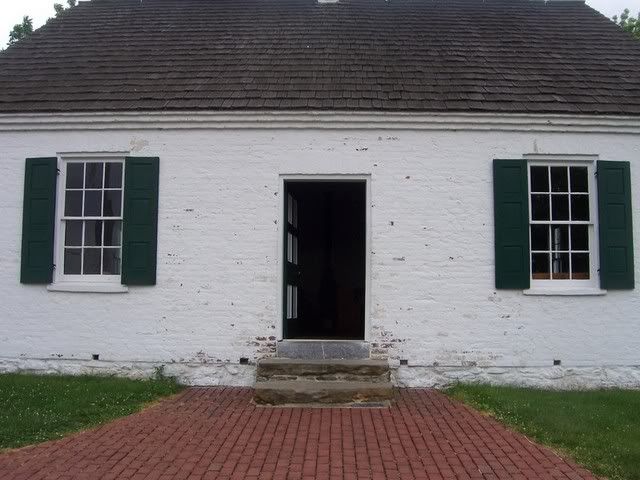
Bloody Lane
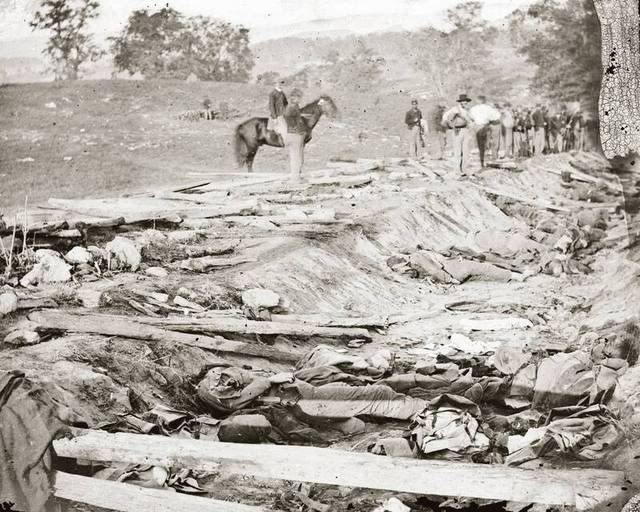

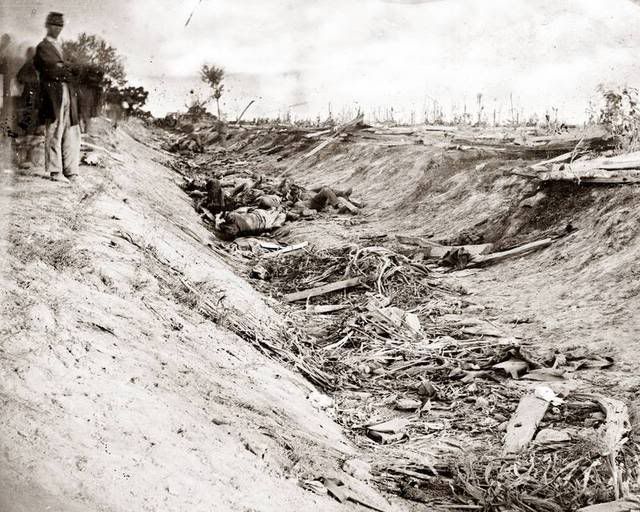
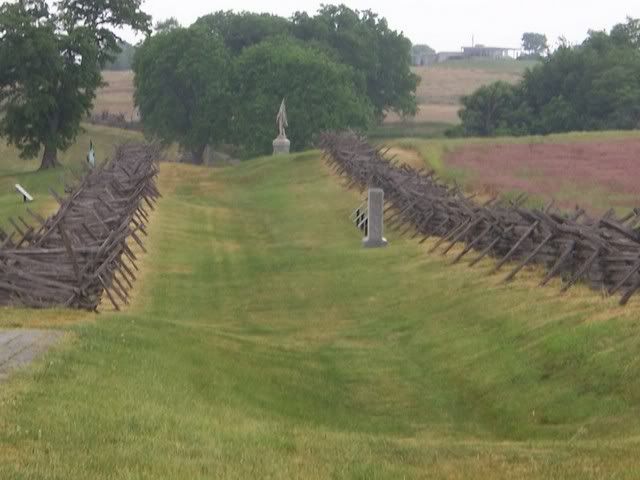

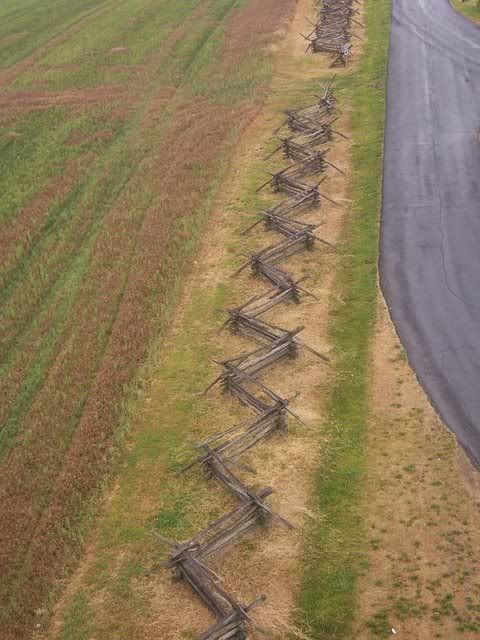
first invasion of the North culminated with the Battle of Antietam, in Maryland (or Sharpsburg, as the South called it). The battle took place on Wednesday, September 17, 1862, just 18 days after the Confederate victory at Second Manassas, 40 miles to the southeast in Virginia.